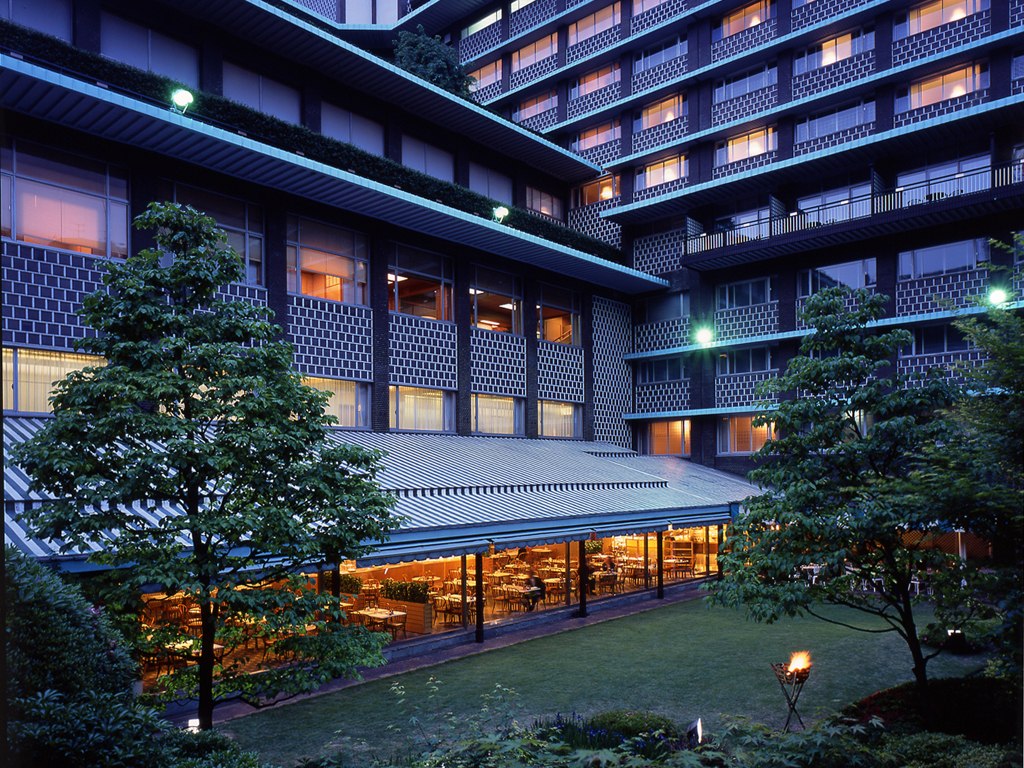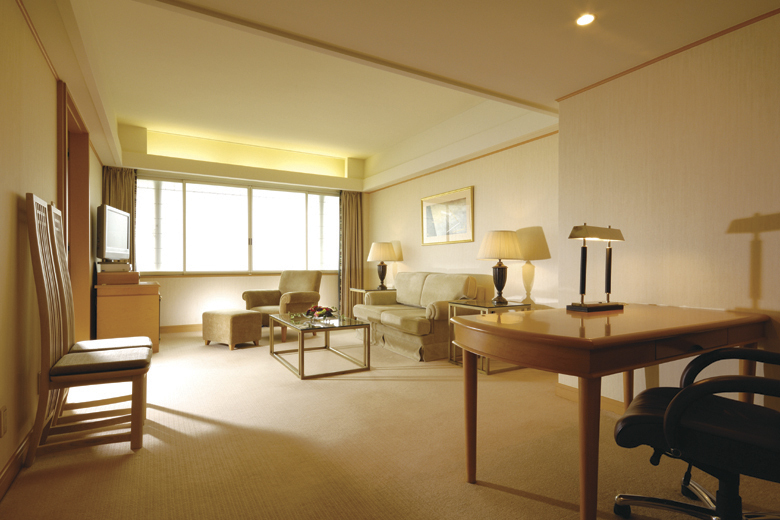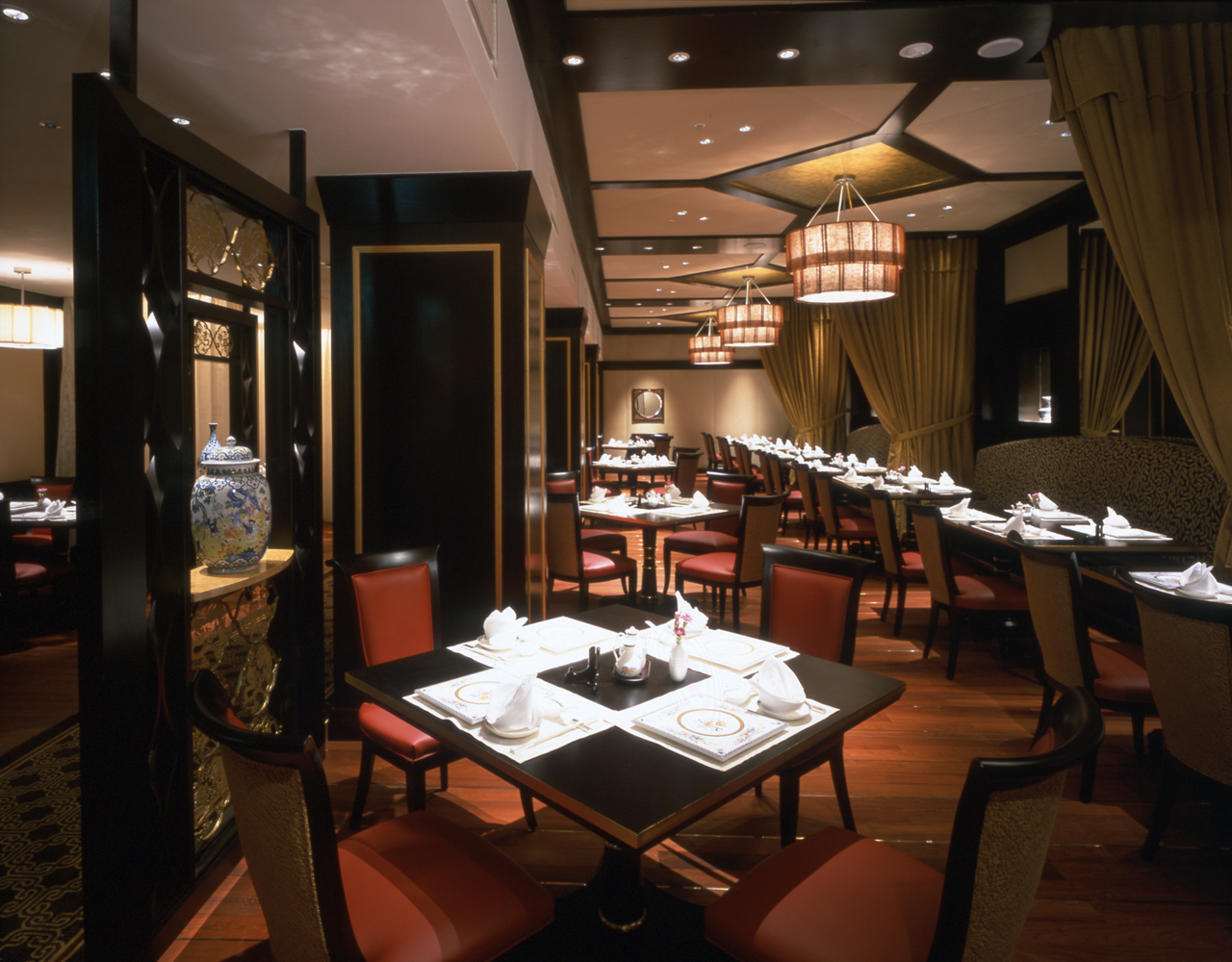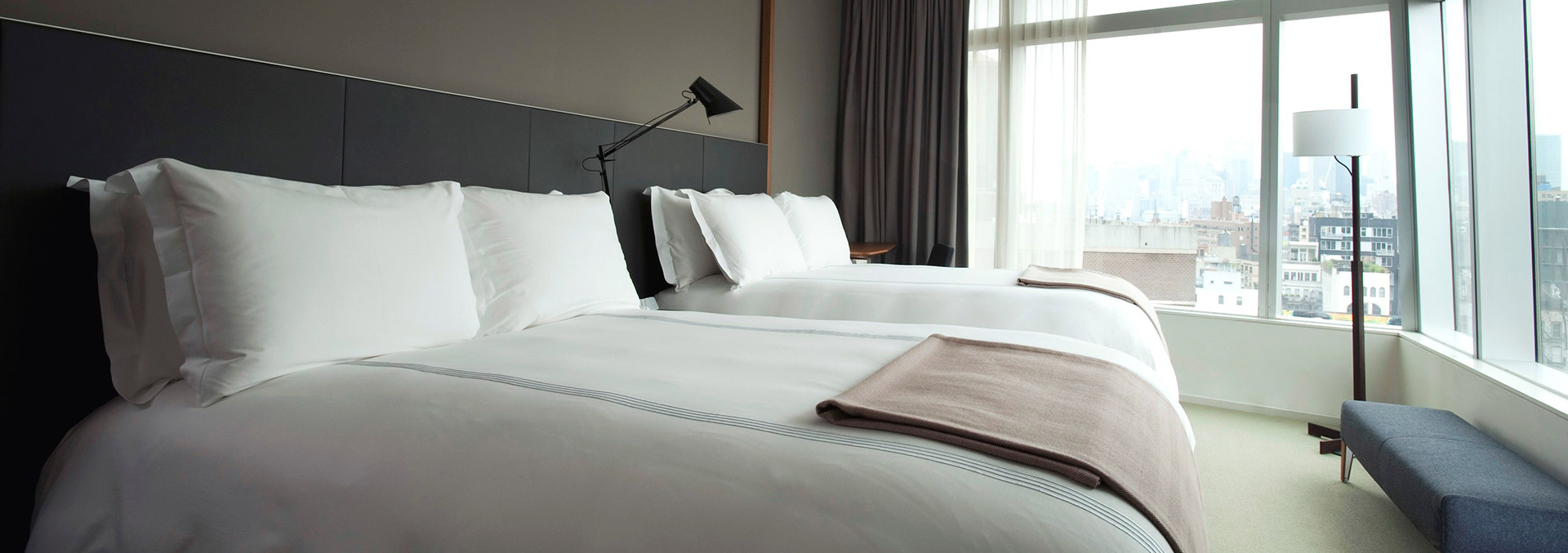Although I only walked past it during my last visit, news that Tokyo’s iconic 1960s Hotel Okura is to be rebuilt is still saddening – and has been met with an outrage from the community. While a big chunk of Tokyo’s charm lies in its ever-changing skyline, revamps like this one threatens its architectural history and identity.
There had been rumours for months. And then it came, the news all lovers of modern Japanese architecture had feared: the teardown and renovation of Hotel Okura in Tokyo will take place in the autumn of next year. Although the word “iconic” is a tad worn-out, this hotel has been a landmark since 1962, and fully deserves it. That a 38-storey glass tower will take its place only twists the knife further.
Located in Toranomon on what had been a feudal estate, the Okura is an extraordinary testament to a key moment in Japanese design. It was built two years ahead of the Olympics in 1964 by an exceptionally gifted and diverse group of architects. Together they created a unique modern design that referenced the traditional colours, shapes and crafts of Japan.
Visitors who walk into the main building of the Hotel Okura today are immediately thrown into the atmosphere of the 1960s Tokyo. The lobby attendants wear their kimonos with an understated effortlessness, and the lobby itself is much as it was, a flawless combination of wood, paper screens and pendant lights.
The hotel features a tea ceremony room and a “Go salon” (for players of Japan’s version of chess) – not something you get in your standard luxury hotel. It also has staff in tuxedos and bow ties, a Japanese garden, as well as a bar where they’ve been making highballs since they were hip the first time around. The dining room Orchid Room is as elegant as they come, and serves up wiener schnitzel like it’s 1964. The staff here, as in the rest of the hotel, goes about their business with a confidence that is impossible to fake, and which is only attained by years and years of experience. The same staff welcomed President Obama in April, and other VIPs recently frequent the hotel.
Change and construction are features of life in Tokyo and contribute to its thrilling sense of energy. But should they come at the expense of history? We don’t think so. Sure, we understand the financial aspects of it, but just imagine if the owners could actually build on this astounding iconic history and cultural value instead. The Okura’s sense of place and quality of service is exactly what the modern traveller is crying out for, and no amount of loyalty programs and pillow menus can ever make up for its loss.
In the future, anyone interested in seeing what the original Okura looked like will have to watch the 1966 Cary Grant film “Walk, Don’t run”, which opens with a scene at the hotel. And while it’s a great movie, the demise of the Okura is like losing a good friend. Tokyo will never be the same without it.
Book your room (before September 2015) at http://www.hotelokura.co.jp/





 SECURE PAYMENTS
SECURE PAYMENTS  FREE EXPRESS SHIPPING FOR
ALL ORDERS OVER €100
FREE EXPRESS SHIPPING FOR
ALL ORDERS OVER €100 FREE EXCHANGES & RETURNS
FREE EXCHANGES & RETURNS AVG. 3-5 BUSINESS DAYS DELIVERY
AVG. 3-5 BUSINESS DAYS DELIVERY
 NEXT
SHIPMENT TO
NEXT
SHIPMENT TO 







